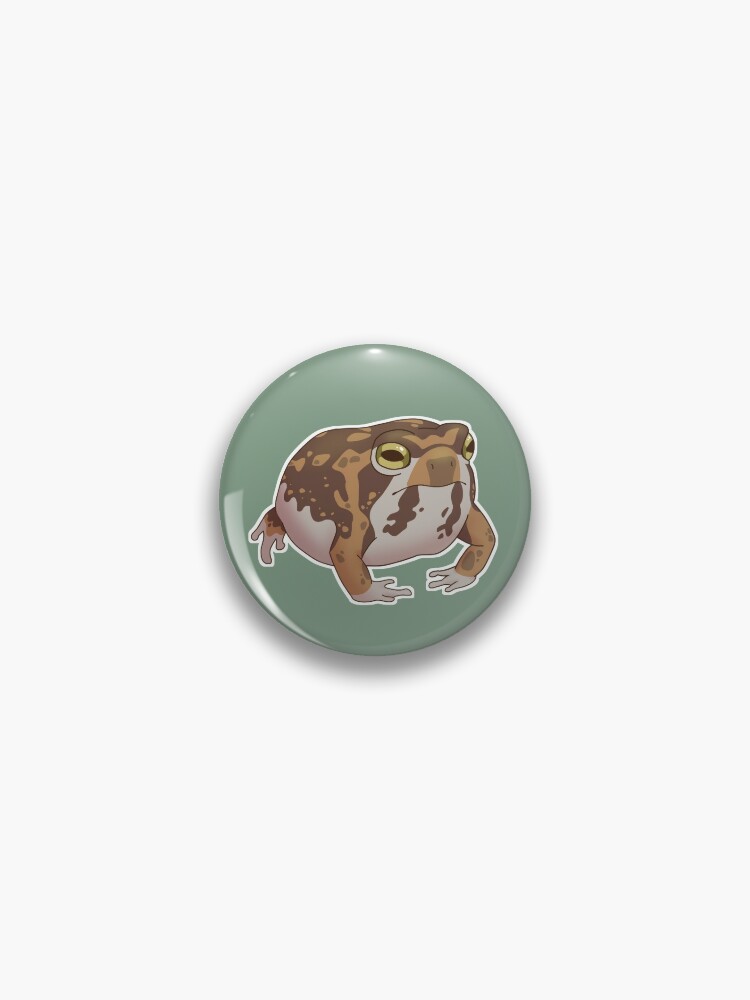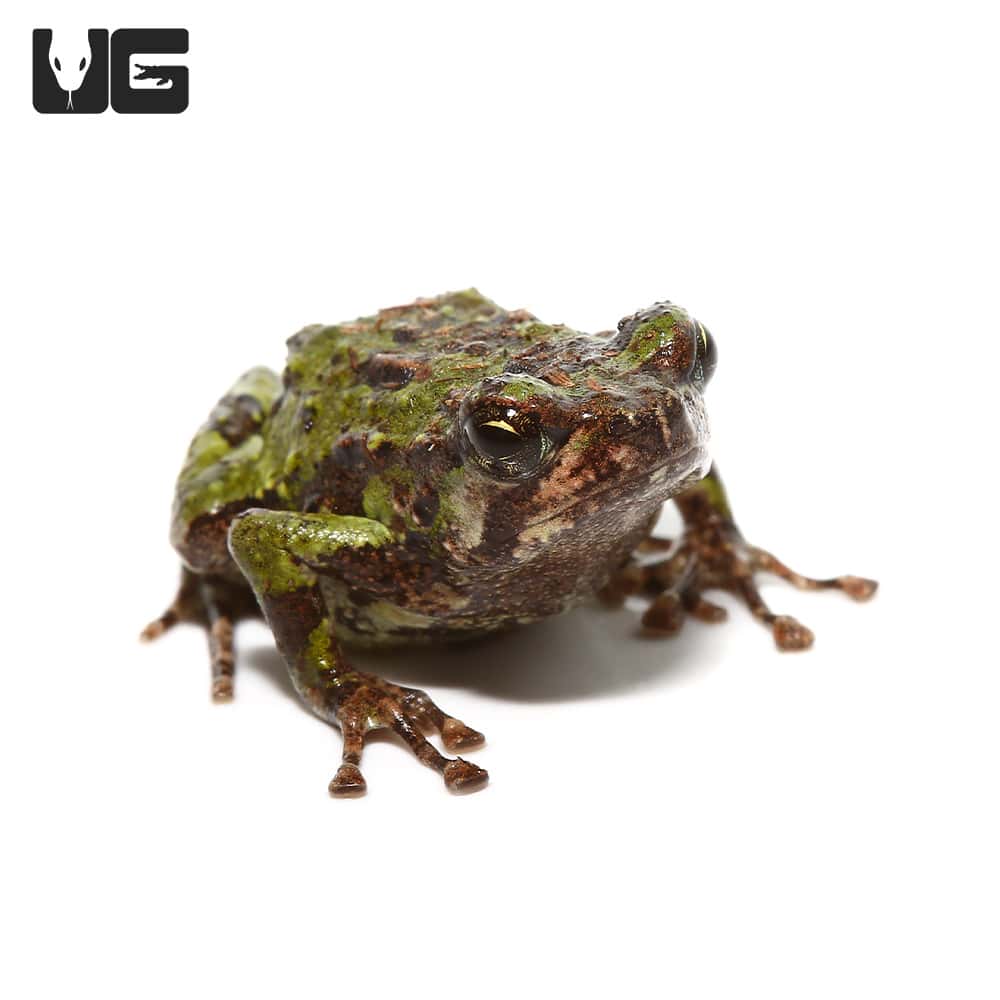Get Your Hands on a Rain Frog for Sale: Experience the Happiness of One-of-a-kind Pet Dog Possession!
Get Your Hands on a Rain Frog for Sale: Experience the Happiness of One-of-a-kind Pet Dog Possession!
Blog Article
The Ideal Reptile Enclosures: Just How to Develop the Perfect Environment
Developing the excellent environment for reptiles is not nearly positioning them in a container or unit; it entails a thoughtful factor to consider of numerous aspects that add to their general wellness. From the size of the enclosure to the type of substrate made use of, every component plays an essential role in providing an environment where your reptile can thrive. By recognizing the details demands of your reptile varieties and carrying out the ideal habitat setup, you can guarantee their wellness and joy in captivity.
Choosing the Right Unit Dimension
When choosing an unit dimension for reptiles, it is imperative to consider their all-natural habits and space needs to guarantee their well-being and health. When it comes to habitat room, different reptile varieties have differing needs. Arboreal types like chameleons or tree serpents call for vertical space for climbing and setting down, while terrestrial varieties such as bearded dragons or leopard geckos need more flooring space for discovering and thermoregulation. Aquatic turtles like red-eared sliders demand rooms with both water and acreage for swimming and basking.
A basic regulation of thumb is to provide ample area for the reptile to display all-natural actions, such as basking, concealing, climbing up, and foraging. By meticulously considering the specific needs of the reptile species in question, owners can create an appropriate and enhancing habitat that promotes general wellness and motivates natural habits.
Establishing Appropriate Heating Elements
To ensure the health and health and wellness of reptiles in their enclosures, it is crucial to very carefully set up correct home heating elements. When establishing up heating components in a reptile room, it is crucial to take into consideration the particular temperature level demands of the varieties you are caring for.
One efficient and common heating element for reptile rooms is a heat light or ceramic heat emitter. These warm sources can be utilized to create a temperature slope within the room, permitting reptiles to move between warmer and cooler locations as needed. In addition, under-tank hot pad or warmth mats can be utilized to give tummy warmth, which is particularly valuable for reptiles that need extra heat to help in food digestion.
Checking the temperature level within the enclosure using a thermometer is vital to make certain that the home heating elements are preserving the proper temperature level array for your reptile. Routinely inspect and change the home heating components as required to develop a healthy and comfortable environment for your scaly close friend.
Selecting Appropriate Lighting Fixtures

Offering the Suitable Substratum
Selecting the appropriate substratum is necessary for producing a suitable and comfy atmosphere for reptiles in their rooms. Some reptiles, such as desert-dwelling species like bearded dragons, grow on substratums like calcium sand or reptile rug, while others, like ball pythons, favor coconut husk or aspen bed linens to preserve humidity degrees.
Furthermore, the size of the reptile need to additionally affect your option of substrate, as hatchlings might need a finer product to stop ingestion. Stay clear of substratums that can cause impaction, such as loosened substrates like sand or crushed rock, particularly for reptiles known to consume their bed linen. Consistently cleaning and changing the substrate is vital to make certain a clean and sanitary atmosphere click here for more info for your reptile. By picking the optimal substrate, you can add to the overall health and wellness and well-being of your flaky companion.
Designing for Enrichment and Comfort
Considering the substratum's duty in supplying a foundation for natural actions and preserving an appropriate environment, boosting the reptile unit with appropriate decorations is crucial for both enrichment and convenience. When embellishing the enclosure, it is essential to take into consideration the reptile's species-specific requirements and behaviors to create a room that promotes psychological and physical wellness. By incorporating a selection of designs that mimic the reptile's all-natural habitat, proprietors can ensure their pet dog's comfort and stimulate their all-natural instincts, inevitably leading to a happier and much healthier reptile.
Final Thought

Developing the ideal habitat for reptiles is not just concerning positioning them moved here in a storage tank or room; it includes a thoughtful consideration of numerous aspects that add to their general health.Choosing the suitable substratum is vital for creating a comfy and appropriate setting for reptiles in their units. Some reptiles, such as desert-dwelling species like bearded dragons, grow on substratums like calcium sand or reptile rug, while others, like sphere pythons, favor coconut husk or aspen bedding to preserve humidity levels.
By including a selection of designs that mimic the reptile's natural habitat, proprietors can guarantee their pet's convenience and promote their all-natural impulses, ultimately leading to a happier and much healthier reptile.
In final thought, producing the excellent environment for reptiles involves selecting the suitable unit dimension, heating elements, lighting components, substratum, and designs.
Report this page